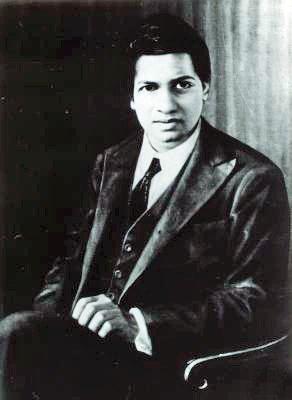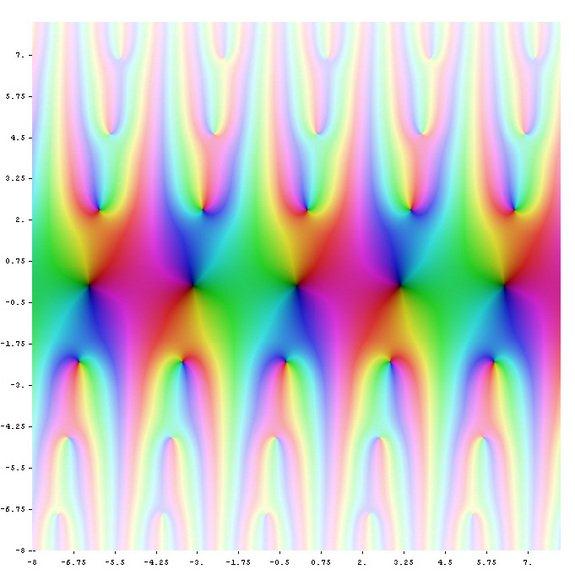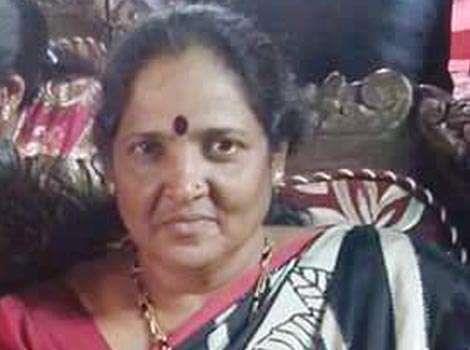January 1, 2013
Researchers have finally solved the cryptic deathbed puzzle renowned Indian mathematician Srinivasa Ramanujan claimed came to him in dreams.

Srinivasa Ramanujan
January 1, 2013
Researchers have finally solved the cryptic deathbed puzzle renowned Indian mathematician Srinivasa Ramanujan claimed came to him in dreams.

Srinivasa Ramanujan
While on his death-bed in 1920, Ramanujan wrote a letter to his mentor, English mathematician G. H. Hardy, outlining several new mathematical functions never before heard of, along with a hunch about how they worked,
Decades years later, researchers say they've proved he was right – and that the formula could explain the behavior of black holes. 'We've solved the problems from his last mysterious letters,' Emory University mathematician Ken Ono said.
'For people who work in this area of math, the problem has been open for 90 years,'
Ramanujan, a self-taught mathematician born in a rural village in South India, spent so much time thinking about math that he flunked out of college in India twice, Ono said. Ramanujan's letter described several new functions that behaved differently from known theta functions, or modular forms, and yet closely mimicked them.
It was on his deathbed in 1920 that he described mysterious functions that mimicked theta functions, or modular forms, in a letter to Hardy. Like trigonometric functions such as sine and cosine, theta functions have a repeating pattern, but the pattern is much more complex and subtle than a simple sine curve. Theta functions are also "super-symmetric," meaning that if a specific type of mathematical function called a Moebius transformation is applied to the functions, they turn into themselves. Because they are so symmetric these theta functions are useful in many types of mathematics and physics, including string theory.

A visualization of a theta function.
Ramanujan believed that 17 new functions he discovered were "mock modular forms" that looked like theta functions when written out as an infinte sum (their coefficients get large in the same way), but weren't super-symmetric. Ramanujan, a devout Hindu, thought these patterns were revealed to him by the goddess Namagiri.
Ramanujan died before he could prove his hunch. But more than 90 years later, Ono and his team proved that these functions indeed mimicked modular forms, but don't share their defining characteristics, such as super-symmetry.
The expansion of mock modular forms helps physicists compute the entropy, or level of disorder, of black holes.
In developing mock modular forms, Ramanujan was decades ahead of his time, Ono said; mathematicians only figured out which branch of math these equations belonged to in 2002.
"Ramanujan's legacy, it turns out, is much more important than anything anyone would have guessed when Ramanujan died," Ono said.
The findings were presented last month at the Ramanujan 125 conference at the University of Florida, ahead of the 125th anniversary of the mathematician's birth on Dec. 22.
Courtesy: BI







































































































